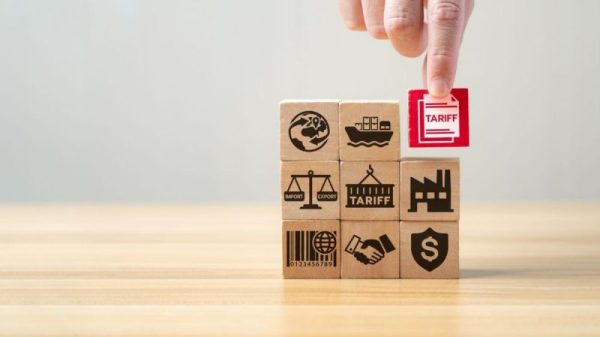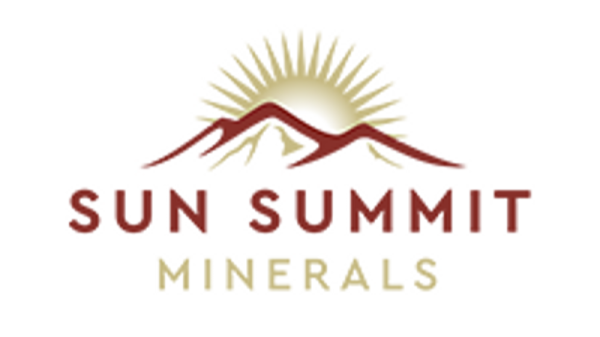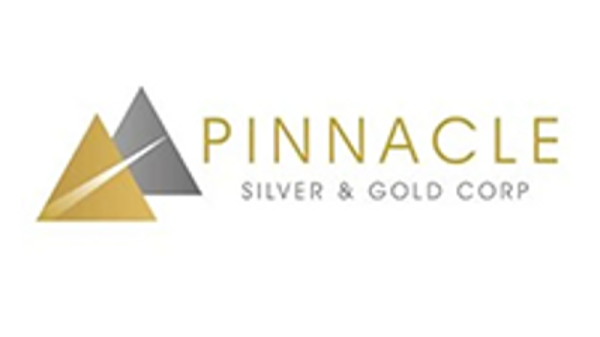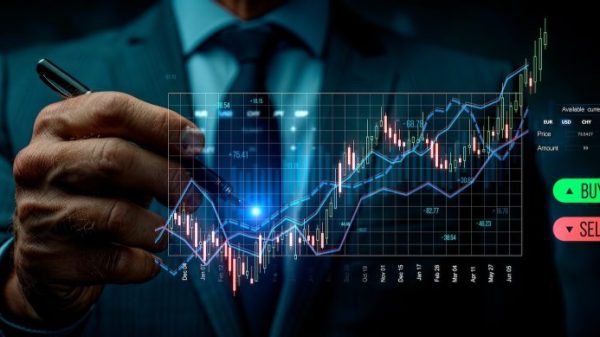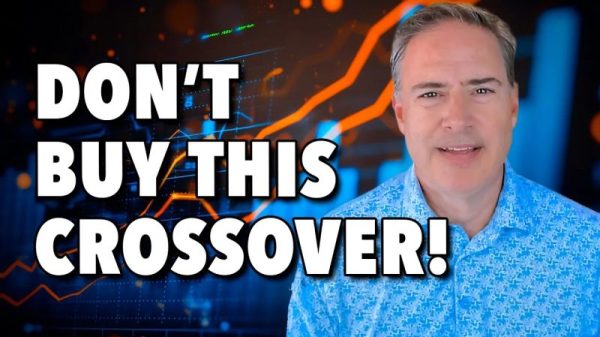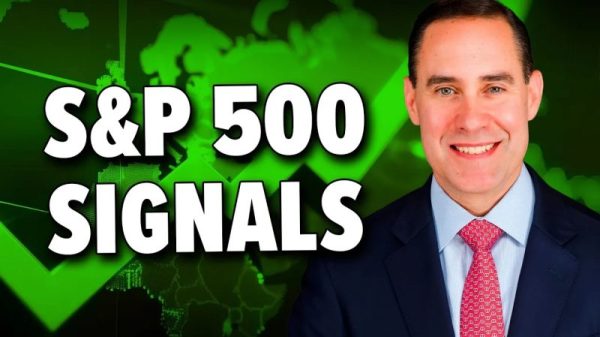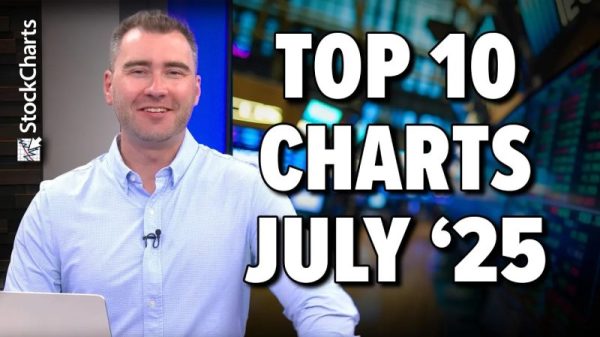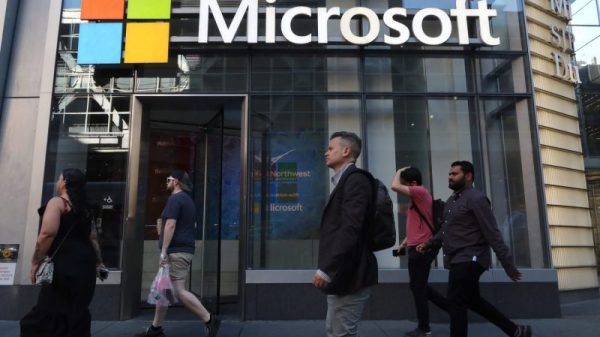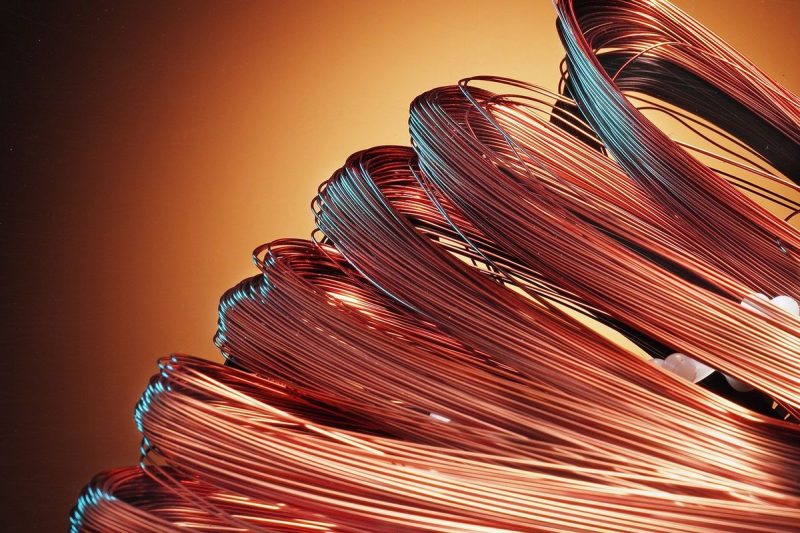There’s more than one way to invest in copper. In addition to buying shares of copper stocks, investors can gain exposure through copper exchange-traded funds (ETFs) or copper exchange-traded notes (ETNs).
For the uninitiated, ETFs are securities that trade like stocks on an exchange, but track an index, commodity, bonds or a basket of assets like an index fund. In the case of base metal copper, there are various options — an ETF can track specific groups of copper-focused companies, as well as copper futures contracts or even physical copper.
ETNs also track an underlying asset and trade like stocks on an exchange, but they differ from ETFs in some ways. Specifically, ETNs are more like bonds — they are unsecured debt notes issued by an institution, and can be held to maturity or bought and sold at will. The main disadvantage to be aware of is that investors risk total default if an ETN’s underwriter goes bankrupt.
The copper outlook is strong due to structural supply deficits and positive demand fundamentals, and many investors are wondering how to take advantage of this good news in the copper market.
1. Global X Copper Miners ETF (ARCA:COPX)
Assets under management (AUM): US$2.12 billion
The Global X Copper Miners ETF tracks the Solactive Global Copper Miners Index, which covers copper exploration companies, developers and producers. The fund has an expense ratio of 0.65 percent.
COPX currently has 37 holdings, of which the top companies include Ivanhoe Mines (TSX:IVN,OTCQX:IVPAF), Lundin Mining (TSX:LUN,OTC Pink:LUNMF) and Southern Copper (NYSE:SCCO).
2. United States Copper Index Fund (ARCA:CPER)
AUM: US$193.37 million
The United States Copper Index Fund aims to give investors exposure to a portfolio of copper futures without using a commodity futures account. It also has an expense ration of 0.65 percent.
The fund tracks the performance of the SummerHaven Copper Index Total Return (INDEXNYSEGIS:SCITR), which is calculated based on certain copper futures contracts selected on a monthly basis.
3. iShares Copper and Metals Mining ETF (NASDAQ:ICOP)
AUM: US$15.03 million
The iShares Copper and Metals Mining ETF tracks the STOXX Global Copper and Metals Mining Index, which is composed of public companies primarily engaged in copper and metal mining. The fund has an expense ratio of 0.47 percent.
More than 31 percent of ICOP’s 35 holdings are based in Canada, while nearly 12 percent call Australia home; 11 percent are located in the US. The fund’s top holdings include Freeport-McMoRan (NYSE:FCX), Southern Copper, Ivanhoe and major miner BHP (ASX:BHP,NYSE:BHP,LSE:BHP).
4. Sprott Copper Miners ETF (NASDAQ:COPP)
AUM: US$21.3 million
Sprott Asset Management bills its newly launched Copper Miners ETF as ‘the only pure-play ETF focused on large-, mid- and small-cap copper mining companies that are providing a critical mineral necessary for the clean energy transition.’ Having come to market in March 2024, this fund has an expense ration of 0.65 percent.
COPP tracks 40 constituents, with more than 33 percent based in Canada, another nearly 33 percent based in the US and about 11 percent based in Chile. The fund’s top holdings include Freeport-McMoRan, Antofagasta (LSE:ANTO,OTC Pink:ANFGF) and Southern Copper.
5. Sprott Junior Copper Miners ETF (NASDAQ:COPJ)
AUM: US$8.63 million
Launched in February 2023, the Sprott Junior Copper Miners is a pure-play ETF that, as its name suggests, is focused on small copper miners. It has the largest expense ratio (0.75 percent) of the funds on this list.
Of its 40 holdings, more than 55 percent call Canada home, while another 21 percent are in Australia and 6.5 percent are based out of Peru. COPJ’s top three holdings are Taseko Mines (TSX:TKO,NYSEAMERICAN:TGB), Hudbay Minerals (NYSE:HBM) and Compania de Minas Buenaventura (NYSE:BVN).
6. iPath Series B Bloomberg Copper Subindex Total Return ETN (ARCA:JJC)
AUM: US$37.97 million
The iPath Series B Bloomberg Copper Subindex Total Return ETN provides exposure to the Bloomberg Copper Subindex Total Return. According to ETF Database, ‘For investors seeking exposure to copper beyond physical exposure or through a mining firm, JJC is the only pure play choice available.’ It has the lowest expense ratio on this list, coming in at 0.45 percent.
Unlike an ETF, an ETN does not own the underlying asset. Instead, an ETN functions in the same way as an uninsured bond. Investopedia states that investors take their profits when they sell the note or it reaches maturity.
Securities Disclosure: I, Melissa Pistilli, hold no direct investment interest in any company mentioned in this article.

